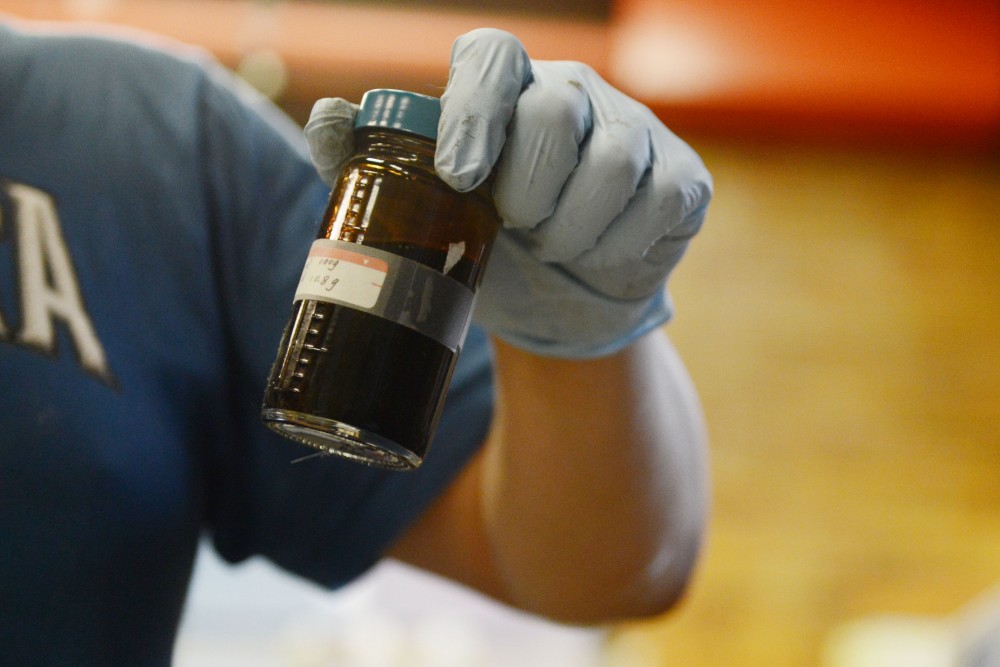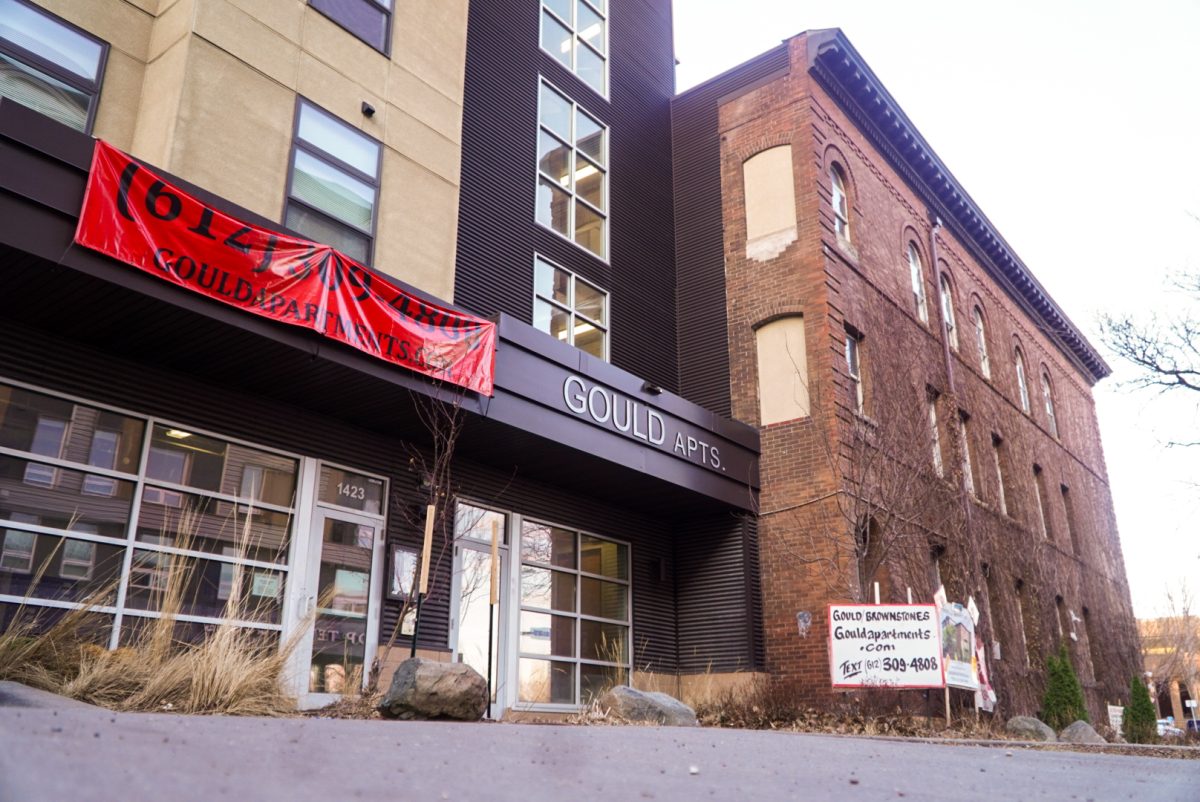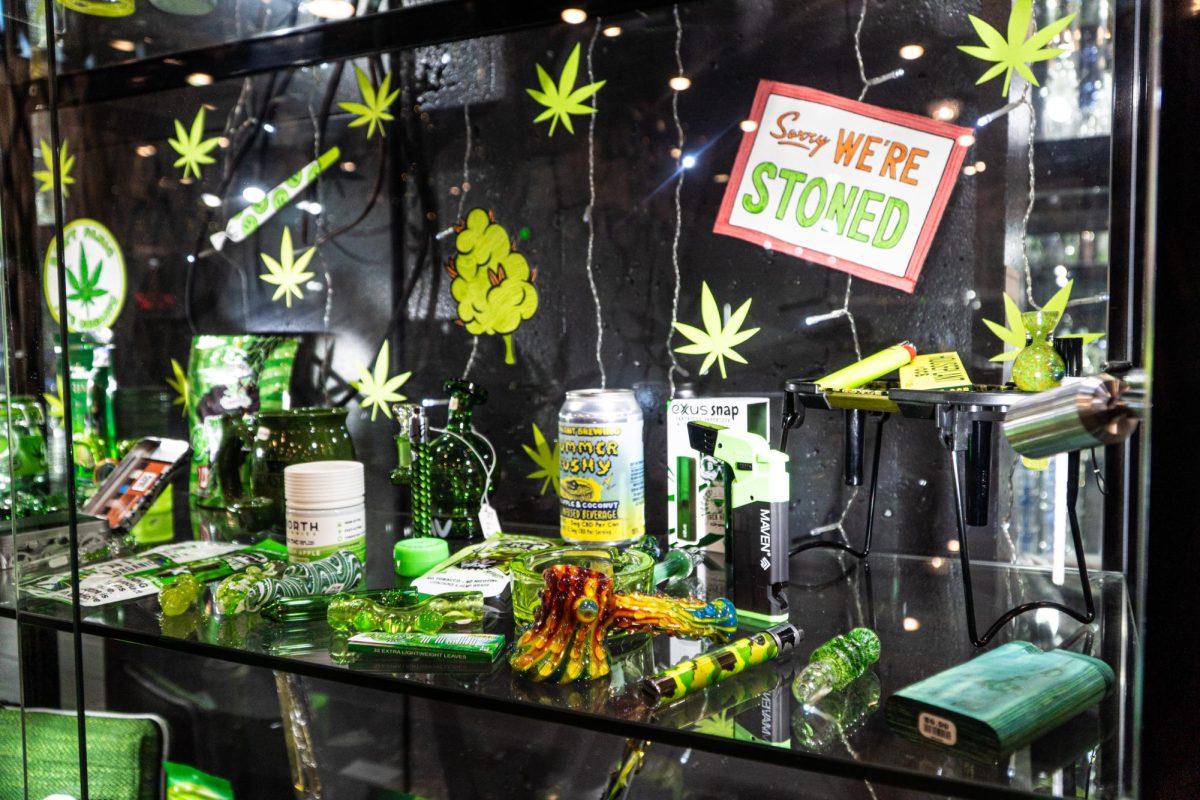In a workshop in St. Paul, several researchers work to advance the future of sustainable energy.
For almost 15 years, theUniversity of Minnesota’s Center for Biorefining has researched ways to convert waste into valuable resources like energy and food.
“We saw so much of this waste and it actually causes a lot of pollution to the environment … it’s actually, simply, a waste of the resources,” said Roger Ruan, founder and director of the center and a University professor. “We feel like if we can add value to all of this waste, that will be great,”
The center has 20 to 30 staff working on around eight different projects, Ruan said. They’ve converted waste into resources like liquid fuel, electricity and industrial chemicals.
The center’s primary funding comes from grants which fund projects that span from three-year research initiatives to sprawling decade-long projects.
One of the team’s longest-running projects involves converting scum, a byproduct of treating waste water, into usable biofuel.
 The scum-conversion method is the first in the field of biofuel synthesis and the center patented it, said Erik Anderson, a doctorate student studying bioproducts and biosystems engineering.
The scum-conversion method is the first in the field of biofuel synthesis and the center patented it, said Erik Anderson, a doctorate student studying bioproducts and biosystems engineering.
The procedure has been under development by the center for about a decade, and was partially funded by a $1 million grant from the Legislative-Citizen Commission on Minnesota Resources for the past 4 years, Ruan said.
“It’s going to be very exciting if we get funding for this … we’re going to incorporate that into the wastewater plant’s current process,” he said. “We want to be a part of what they do every single day.”
The center’s other work includes finding applications for different resources — like non-thermal plasma.
Peng Peng, a Ph.D student who works in the center, hopes to create ammonia, which has applications as a fertilizer and a fuel source, in a less resource-intensive fashion with non-thermal plasma.
Conventional ammonia production with plasma requires very high pressure and temperature, between 400-600 degrees Celsius, resulting in high energy use and pollution, he said.
In Peng’s method, the plasma would need to be heated to just 100 degrees Celsius at under normal atmospheric pressure, substantially lowering pollution in creating ammonia.
Peng hopes the technology will be commercially available in the next 10 years.
This method could also be reapplied for the sterilization of food like milk powder, said Charlie Schiappacasse, a graduate student working in the center.
Along with the funding agencies, the center works with various other companies.
One of the center’s earliest partners was Fiberstar, a Wisconsin company that uses natural byproducts to make food ingredients.
The partnership originated in 1998 in Ruan’s University lab, before the center started in 2003.
Brock Lundberg, president of research and development for Fiberstar today, worked in Ruan’s lab at the time and helped create Fiberstar’s byproduct-to-food method.
“They have a group of people that bring in a range of backgrounds and experience that can offer assistance and insight for a wide variety of areas,” Lundberg said.
Over the next few years, the center will work to continue its research and add forays into the uses of algae and hydroponic plants, plants grown without soil, to clean wastewater while producing energy, Ruan said.
He expects the field of biorefining to keep thriving with the growing awareness of environmental issues in the public.
“These are major concerns that more and more people are starting to realize importance of environmental [issues]…I think that this area is going to grow tremendously,” Ruan said.








